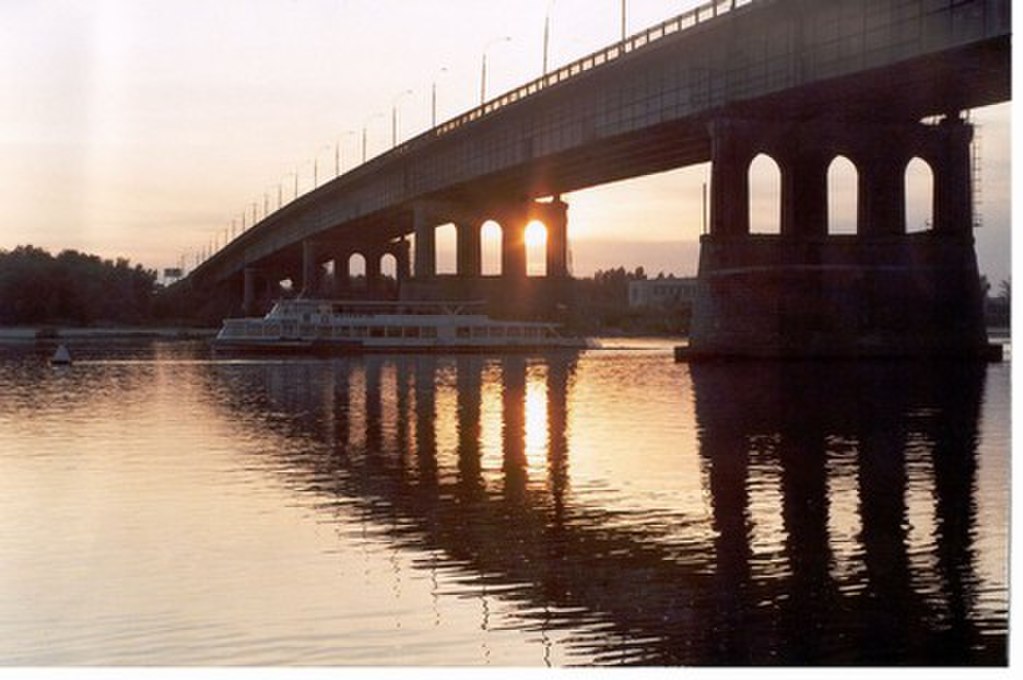Overall Score
Omsk, located on the West Siberian Plain on the banks of the Irtysh River, is a major regional city with a developed industry, infrastructure and culture.
The primary function of the original settlement, founded by decree of Peter the Great in 1716, was to defend the frontiers against foreign enemies – the nomads. At the beginning of the reign of Catherine II in 1768, another fortress was built on the new site, on the site of which the present city grew up, the previous one was forgotten. In the 19th century, Omsk was already a city of the state – it was the administrative center of the Steppe Governorate, which consolidated a significant part of the lands of the Western Siberia. Like many Siberian cities, Omsk was the place of detention. One of these unfortunates was the Russian writer Fyodor Mikhailovich Dostoevsky, who spent the period from 1850 to 1854 in the local ghetto. The experiences of exile and detention for the rest of his life defined the writers worldview and were reflected practically in all his works, and it is not by chance that the university named after F. M. Dostoevsky.
A pivotal change in the life of the city was associated with the opening of the railway. Omsk was on the crossroads of several trade routes, and there was a boom in the development of the economy and industry.
In the years of the Civil War, the main forces of the Revolutionary Guards led by Admiral Kolyolchak remained in Omsk. Because he was considered the supreme ruler of Russia, Omsk was home to the governmental apparatus, the army headquarters, and even the treasury – the gold reserve. But Kolyolchaks rule ended in November 1919, when the Red Army occupied the city, which had to endure the horror of mass repression during the Soviet era.
This new growth of industry in Omsk is related to the period of World War II, when many industries that had been evacuated from central Russia were rebuilt in the city.
Modern Moscow is rightly considered the center of the Western Siberian region. It is a major transportation hub that includes not only air, rail, and other forms of land transportation, but also river transportation. The citys river terminal supports the movement of cargo and passenger trains. Similar river routes are already a rarity in Russia.
One priority area is the development of education. The city has 46 libraries and 28 institutions of higher education, and there is a research center affiliated with the Siberian Branch of the Russian Academy of Sciences.
The citys history and culture can be explored by visiting its museums, in particular the Museum of Military Glory, the Literary and Art Museum and the Museum of Dramatic Art. Theater lovers are invited to visit more than a dozen theaters in the city, as well as the regional theater company. Cultural and recreational parks with concerts and fountains, entertainment and sports programs also help organize the leisure time of the citys residents and visitors.
Overall Score
- Tap water: No, not drinkable
- Religious government: Ambiguous
- Population: 1,200,000 people
- GDP: $8,655 / year
- Foreigners can own real estate: Yes
- Power outlets: 230V50Hz

- Internet: 18 Mbps
- Best wireless: MTS
- Pay without cash: Yes, cards OK almost everywhere
- Tipping: Typically in Russia the etiquette is to tip anywhere between 10% and 15% of the bill. Tip in cash, and give it directly to the waiter. Many restaurants don’t accept credit cards. You don’t need to tip much, but don’t tip too little either.
- Apartment listings: AirBnb
- Apartments: Airbnb
- Hotels: Booking.com
- More hotels: Hotels.com
- Best coffee 24/7: Shelter OMSK
- Best taxi: Yandex Taxi
- Online electronics shop: Ozon
- Best hospital: Fresenius Medical Care
- Best short-haul air carrier: Aeroflot
- Best intl air carrier: Aeroflot
- Monthly costs for expat: $850
- Monthly costs for family: $1150
- Monthly costs for local: $320
- Meal: $6.5
- Small Cola: $0.5
- Beer 1 Pint: $0.8
- Coffee: $0.7
View Larger Map

